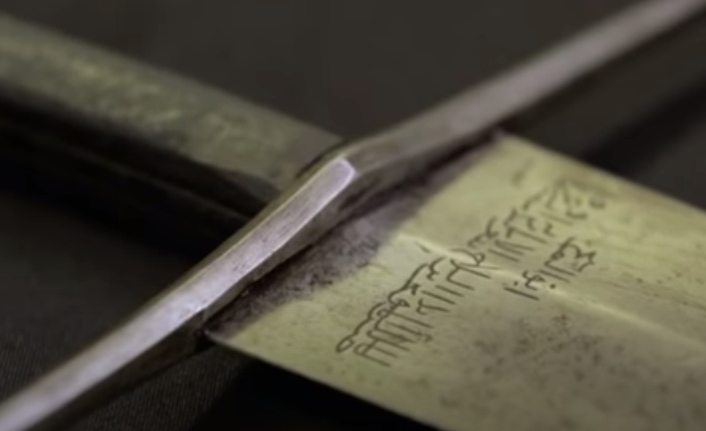Posts: 271
Wed 03 Jun, 2020 10:01 am
I should say, and I think everyone can agree, that a nice, tight fit with good alignment is always preferable to something that isn't as well made. However, I also think it's worth noting that there were and are ways around this that aren't always practiced as much as they can be:
1. I just noted/learned this from Damian the other day pertaining to fitting the crossguard. This is probably best employed when you do in fact have a good, tight fit on the part:
http://myArmoury.com/talk/viewtopic.php?t=353...;start=110
2. When the fit is looser, brass or bronze shims, or perhaps any other type of shim can be used to stabilize and secure the part.
3. More on-topic to the item of the large gap in the guard however, one thing I don't see often and wish I'd see more of is the use of cutler's pitch or an acceptable stand-in for that material. Cutler's pitch historically is a natural glue which you might use to partially secure the handle parts (such as the sword grip, as well as the wrapping on said grip). Pitch can also be used to fill in that gap between the blade and the shoulders of the guard, even more so the void between the guard and the fuller. When done neatly, the end result is really clean look that will also deny access to much of the debris or other... stuff that could get into the sword from this area. Although I didn't get pictures from the perspective of interest, my "classwork" sword, produced at Ric Furrer's Fall 2019 European Sword class, has a cutler's pitch substitute filling in at the front of the guard:
http://myArmoury.com/talk/viewtopic.php?t=38037&highlight=
...This is something that really should be done when the sword is assembled, and not after. Degreasing the sword and its components is also essential in getting a good bond between the glue and the steel or otherwise metal parts. Note that the "modernized" glue used in this sword was in fact epoxy.
